Home>Gardening & Outdoor>Landscaping Ideas>How To Describe Dead Grass


Landscaping Ideas
How To Describe Dead Grass
Modified: October 20, 2024
Learn effective landscaping ideas to revive dead grass and improve the appearance of your lawn. Discover expert tips for describing dead grass in your yard.
(Many of the links in this article redirect to a specific reviewed product. Your purchase of these products through affiliate links helps to generate commission for Storables.com, at no extra cost. Learn more)
Introduction
Landscaping plays a pivotal role in creating inviting outdoor spaces, and a lush, vibrant lawn is often the centerpiece of a well-maintained landscape. However, despite our best efforts, grass can sometimes succumb to unfavorable conditions, resulting in the unsightly appearance of dead grass. Understanding how to describe dead grass is essential for effective communication with lawn care professionals or when seeking advice on revitalizing your lawn.
In this comprehensive guide, we will delve into the intricacies of identifying and describing dead grass, equipping you with the knowledge to articulate the condition of your lawn accurately. Whether you are a homeowner, a landscaping enthusiast, or a professional in the field, mastering the art of describing dead grass will enable you to make informed decisions and take the necessary steps to restore the vitality of your lawn.
Join us as we explore the nuances of dead grass, deciphering its visual cues and understanding the underlying factors that contribute to its demise. By the end of this journey, you will possess the expertise to vividly portray the condition of your lawn and embark on the path to rejuvenating its verdant allure. Let's embark on this enlightening exploration of dead grass and unravel the language of lawn distress.
Key Takeaways:
- Dead grass can result from factors like lack of water, nutrient deficiency, environmental stress, and improper maintenance. Understanding these causes helps in reviving the lawn’s vitality.
- Identifying and describing dead grass involves recognizing discoloration, brittle texture, and spatial distribution. This knowledge aids in devising targeted strategies for lawn restoration.
Read more: How To Describe Greenery
Understanding Dead Grass
Dead grass, often a distressing sight for any lawn enthusiast, is the result of various factors that compromise the health and vitality of the turf. It is essential to comprehend the underlying causes of grass mortality to effectively address the issue and prevent its recurrence.
One of the primary contributors to dead grass is inadequate water supply. Prolonged drought or inconsistent watering can lead to severe dehydration, causing the grass blades to wither and die. Conversely, excessive moisture, often stemming from poor drainage or overwatering, can suffocate the roots and create an environment conducive to disease and decay.
Another common culprit behind dead grass is nutrient deficiency. A lack of essential nutrients, such as nitrogen, phosphorus, and potassium, can impede the grass’s ability to thrive, resulting in weakened, discolored, and ultimately deceased turf. Furthermore, soil compaction, which restricts root growth and oxygen intake, can exacerbate nutrient deficiencies and contribute to the demise of the grass.
Environmental stressors, including extreme temperatures, prolonged exposure to shade, or the presence of harmful pests and diseases, can also precipitate the decline of grass health, leading to patches of lifeless turf. Additionally, improper mowing practices, such as cutting the grass too short or using dull blades, can inflict significant damage and weaken the grass, rendering it susceptible to deterioration.
Understanding the multifaceted nature of dead grass empowers homeowners and landscaping professionals to adopt proactive measures to mitigate these factors and foster a resilient, thriving lawn. By recognizing the intricate interplay of environmental, nutritional, and maintenance-related influences on grass vitality, individuals can implement targeted strategies to revive their lawn’s exuberance and prevent future instances of grass mortality.
Identifying Dead Grass
Accurately identifying dead grass is crucial for devising an effective remediation strategy and preventing the spread of turf decline. Several visual indicators can aid in the identification of deceased or dying grass, enabling homeowners and landscaping professionals to take informed action.
One prominent sign of dead grass is discoloration. Lifeless turf often exhibits a yellow, brown, or even grayish hue, signaling the absence of chlorophyll and the cessation of metabolic processes essential for growth and sustenance. Additionally, the presence of sparse or bare patches within the lawn, devoid of any viable grass blades, is a telltale indication of grass mortality.
Upon closer inspection, dead grass may manifest as brittle, desiccated blades that crumble upon minimal pressure. Unlike healthy grass, which boasts resilience and suppleness, deceased turf displays a lack of moisture and structural integrity, further corroborating its compromised state.
Furthermore, the emergence of fungal growth or the infestation of pests within the affected areas may accompany the presence of dead grass, signifying the vulnerability of the turf to opportunistic invaders in its weakened condition. These manifestations serve as red flags, prompting the need for prompt intervention to salvage the remaining grass and prevent the escalation of damage.
It is essential to differentiate between dormant and genuinely deceased grass, especially during seasonal transitions. Dormant grass, while appearing lifeless, retains the potential for rejuvenation once favorable conditions prevail. Conversely, dead grass exhibits irreversible signs of decay and lacks the capacity for revival, necessitating targeted efforts to rehabilitate the affected areas.
By honing the ability to discern the visual cues and subtle nuances indicative of dead grass, individuals can promptly address the issue and devise a tailored approach to revitalizing their lawn. This astute discernment is instrumental in preserving the overall health and aesthetic appeal of the landscape, ensuring that the lush expanse of vibrant grass thrives unimpeded.
When describing dead grass, use descriptive words like brown, brittle, and lifeless. Note any patches or areas of discoloration. Mention the lack of growth and the presence of dry, dead leaves.
Describing Dead Grass
Effectively describing dead grass entails articulating its visual characteristics and contextualizing its presence within the broader landscape. By employing descriptive language that captures the nuances of the turf’s decline, individuals can convey a comprehensive depiction of the affected areas, facilitating targeted remediation efforts and informed consultations with lawn care professionals.
When delineating the condition of dead grass, it is imperative to convey the specific manifestations observed within the lawn. This may encompass detailing the discoloration of the turf, elucidating the predominant hues of yellow, brown, or gray that denote the absence of vitality and photosynthetic activity. Furthermore, conveying the presence of barren patches interspersed with lifeless grass and the potential emergence of fungal growth or pest infestation provides a holistic portrayal of the extent of the issue.
Describing the texture of dead grass is equally pivotal in encapsulating its state of decay. By elucidating the brittle, desiccated nature of the grass blades and their propensity to disintegrate upon minimal contact, individuals can underscore the loss of structural integrity and moisture essential for sustaining healthy turf. This tactile dimension enriches the description, offering a tactile insight into the tangible manifestations of grass mortality.
Contextualizing the presence of dead grass within the broader landscape narrative enhances the descriptive endeavor, enabling individuals to elucidate the spatial distribution and impact of the affected areas. Whether the dead grass is concentrated in specific regions or dispersed across the entire lawn, capturing the spatial dynamics fosters a comprehensive understanding of the scope of intervention required to restore the landscape’s vitality.
Moreover, integrating the temporal dimension into the description, such as delineating the onset and progression of the grass decline, provides valuable insights into the underlying factors and chronology of the issue. This temporal context enriches the description, shedding light on the evolution of the turf’s deterioration and informing the formulation of targeted remediation strategies.
By adeptly describing dead grass with a keen focus on its visual attributes, textural qualities, spatial distribution, and temporal evolution, individuals can effectively communicate the nuances of the lawn’s distress. This comprehensive depiction serves as a cornerstone for devising tailored interventions and embarking on the journey to rejuvenate the landscape’s verdant splendor.
Conclusion
Embarking on the journey to understand and describe dead grass unveils a profound appreciation for the intricate interplay of environmental, nutritional, and maintenance-related factors that shape the health and vitality of our lawns. By delving into the multifaceted nature of grass mortality, individuals equip themselves with the knowledge to discern the visual cues, articulate the characteristics, and contextualize the presence of dead grass within the broader landscape narrative.
Through this enlightening exploration, we have elucidated the significance of recognizing the signs of dead grass, from its discoloration and desiccated texture to the spatial and temporal dimensions that underpin its presence. This astute discernment forms the bedrock for informed decision-making, enabling homeowners and landscaping professionals to devise targeted remediation strategies and embark on the path to rejuvenating the verdant allure of the lawn.
As we navigate the realm of landscaping and lawn care, the language of lawn distress becomes a conduit for effective communication, collaboration with professionals, and the formulation of proactive measures to safeguard the vitality of our outdoor spaces. By mastering the art of describing dead grass, individuals transcend mere observation, delving into a realm of nuanced articulation that encapsulates the essence of turf decline and the potential for revitalization.
Armed with this newfound expertise, individuals are poised to engage in meaningful dialogues with lawn care professionals, implement targeted interventions, and nurture their landscapes back to resplendent health. The journey from identifying and describing dead grass to enacting tailored remediation strategies heralds a transformative endeavor, one that culminates in the restoration of the lush, vibrant expanse that epitomizes the quintessential allure of a thriving lawn.
As we conclude this insightful odyssey into the realm of dead grass, let us carry forth this newfound understanding, infusing our landscaping endeavors with astute observation, articulate description, and proactive stewardship. With each step we take, we honor the resilience of our outdoor sanctuaries and cultivate landscapes that exude vitality, beauty, and enduring allure.
Frequently Asked Questions about How To Describe Dead Grass
Was this page helpful?
At Storables.com, we guarantee accurate and reliable information. Our content, validated by Expert Board Contributors, is crafted following stringent Editorial Policies. We're committed to providing you with well-researched, expert-backed insights for all your informational needs.
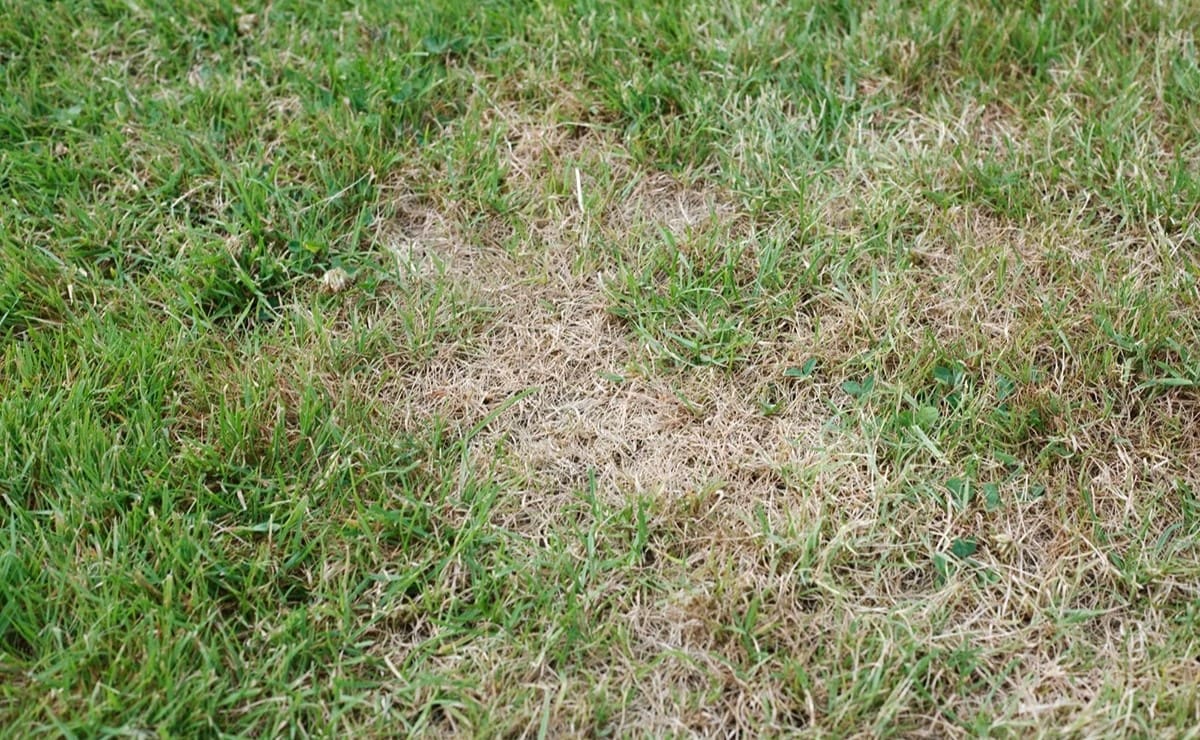
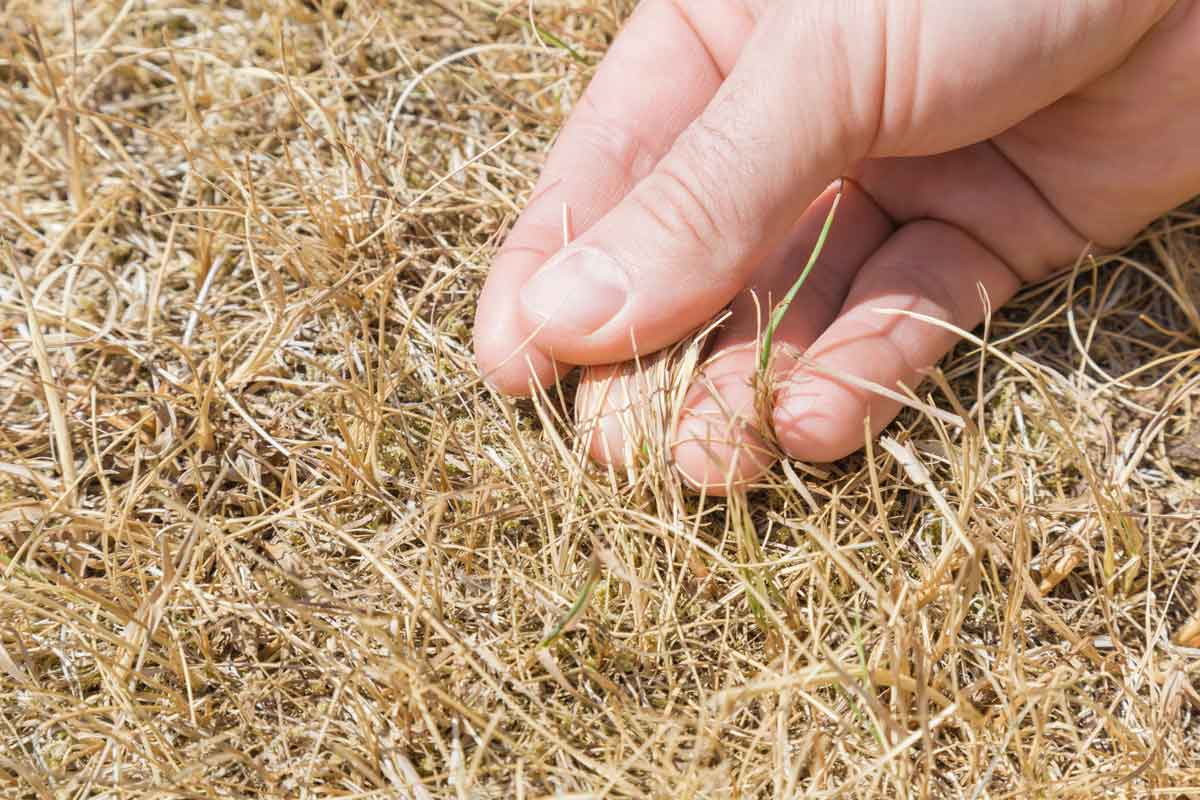
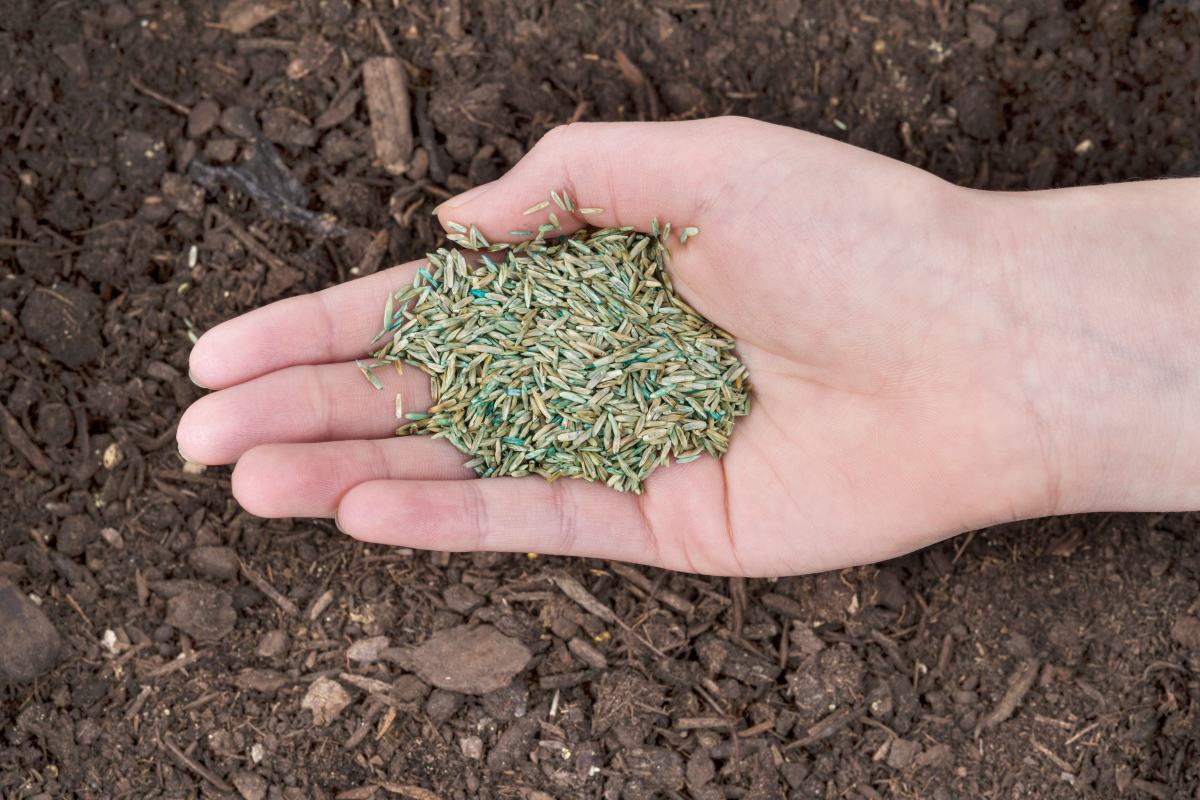
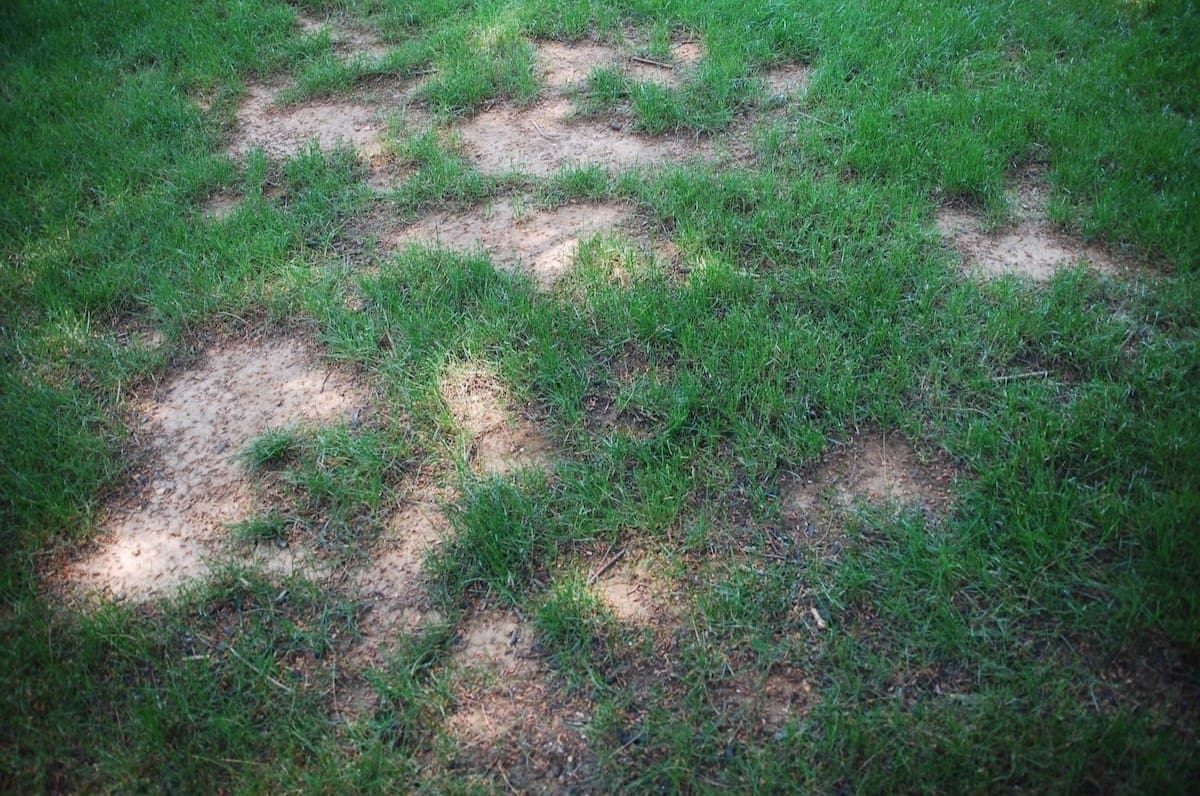
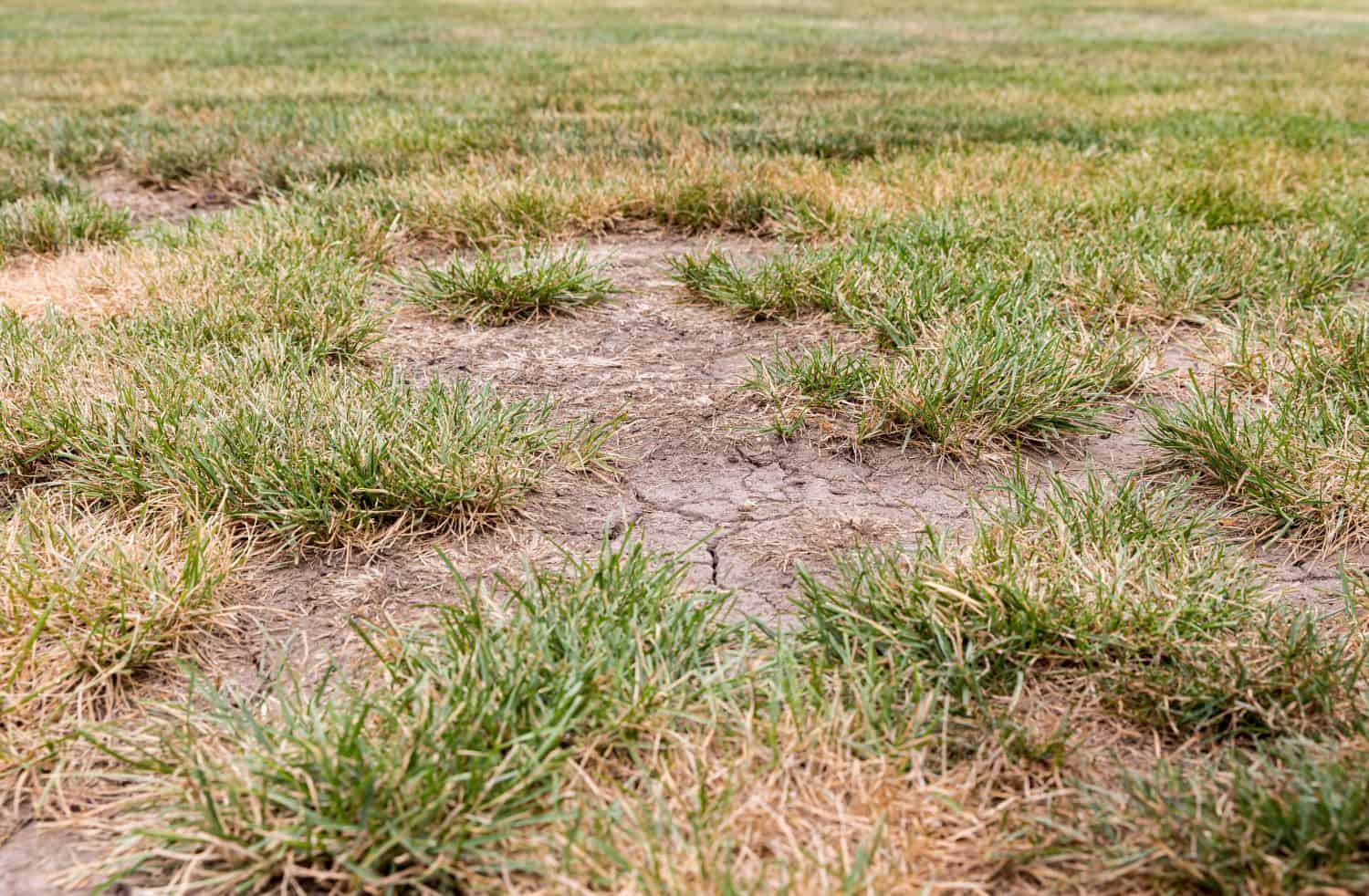
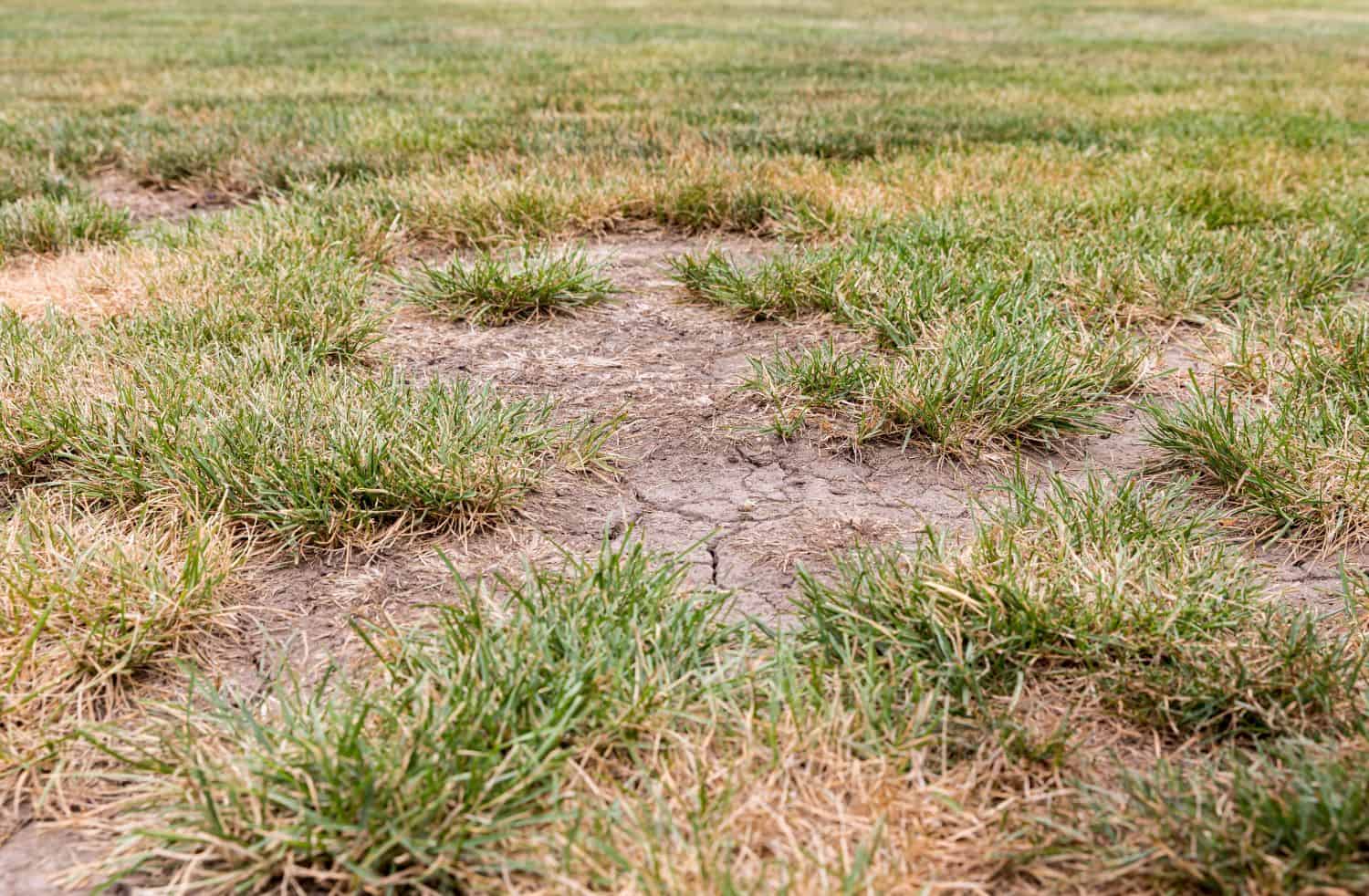
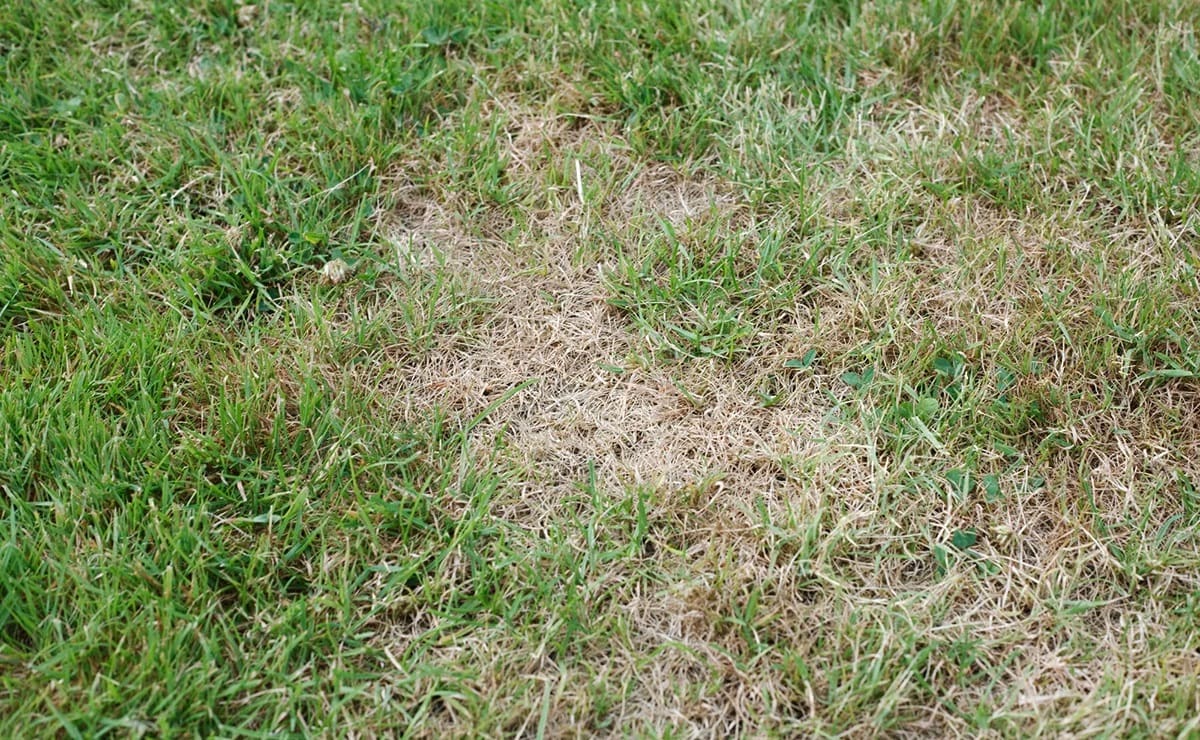
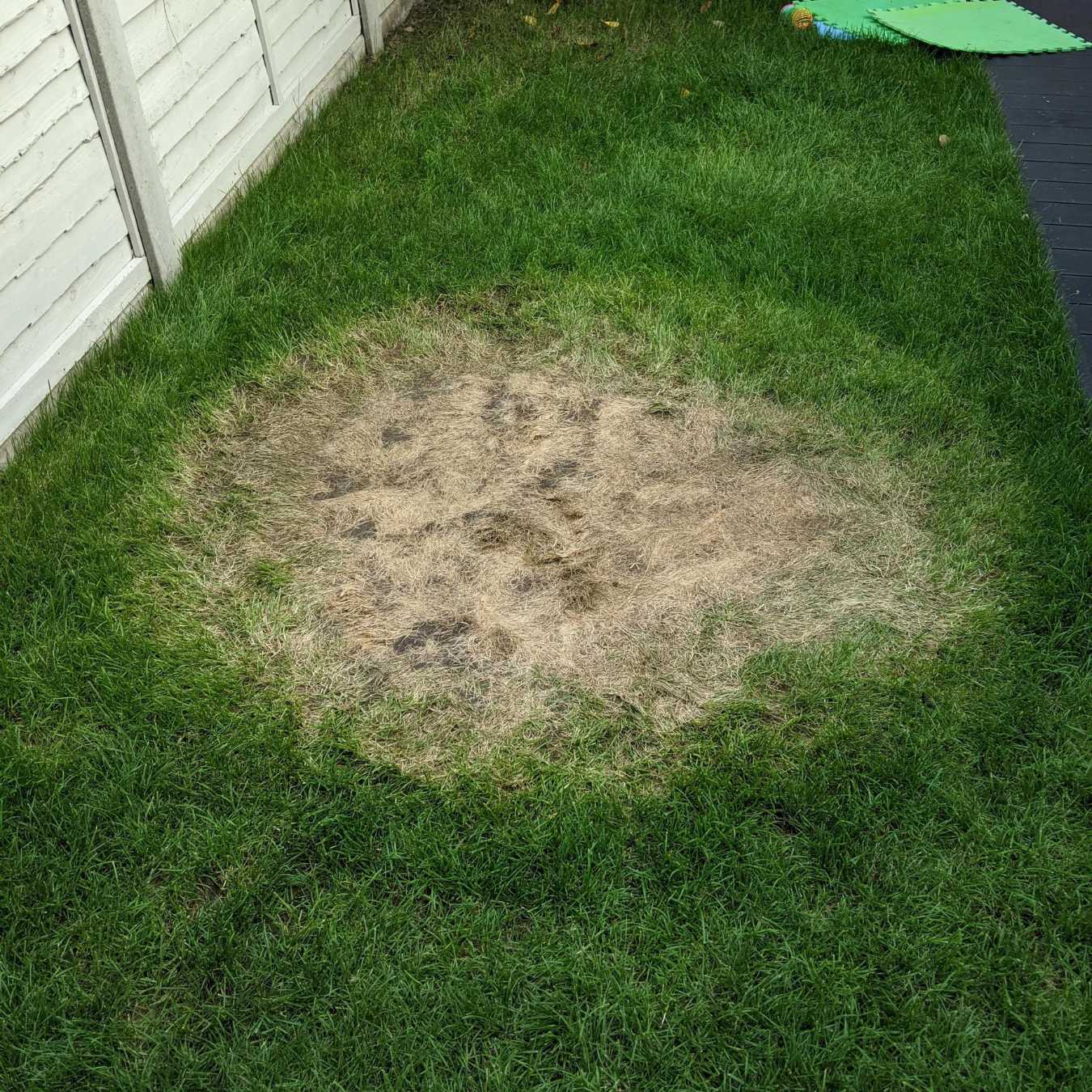
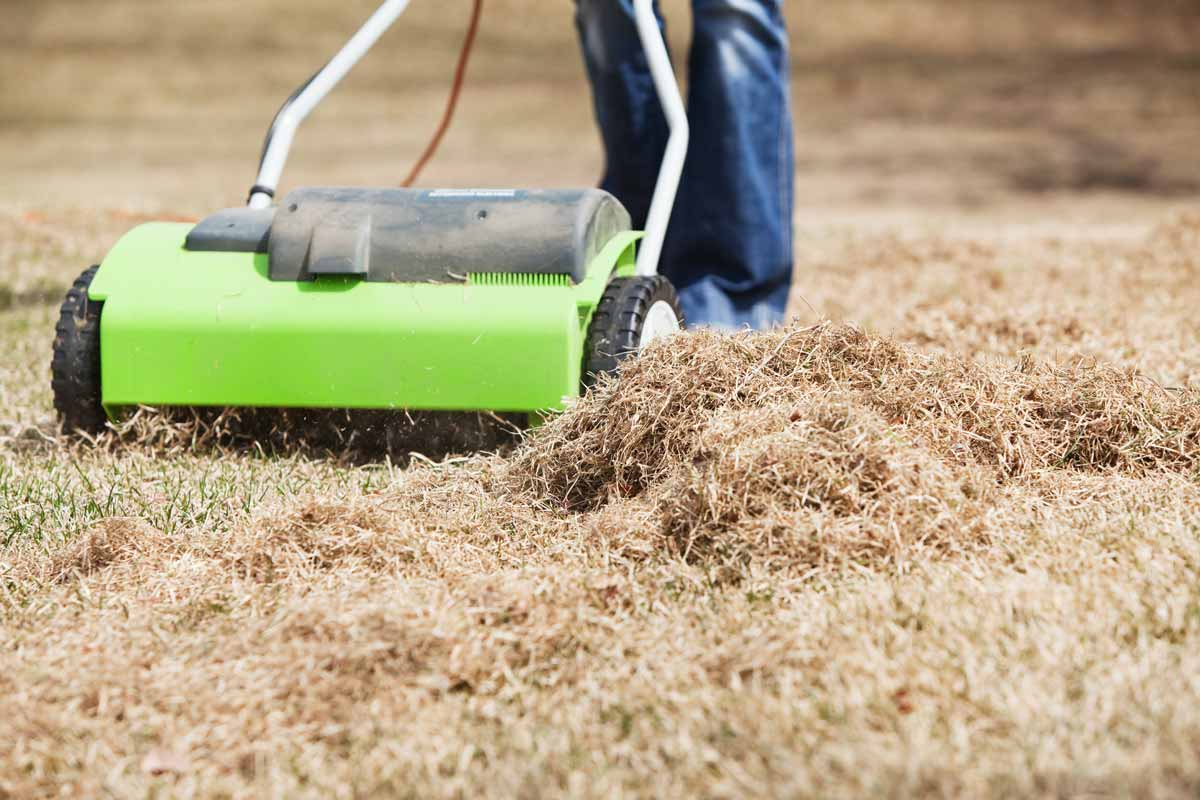
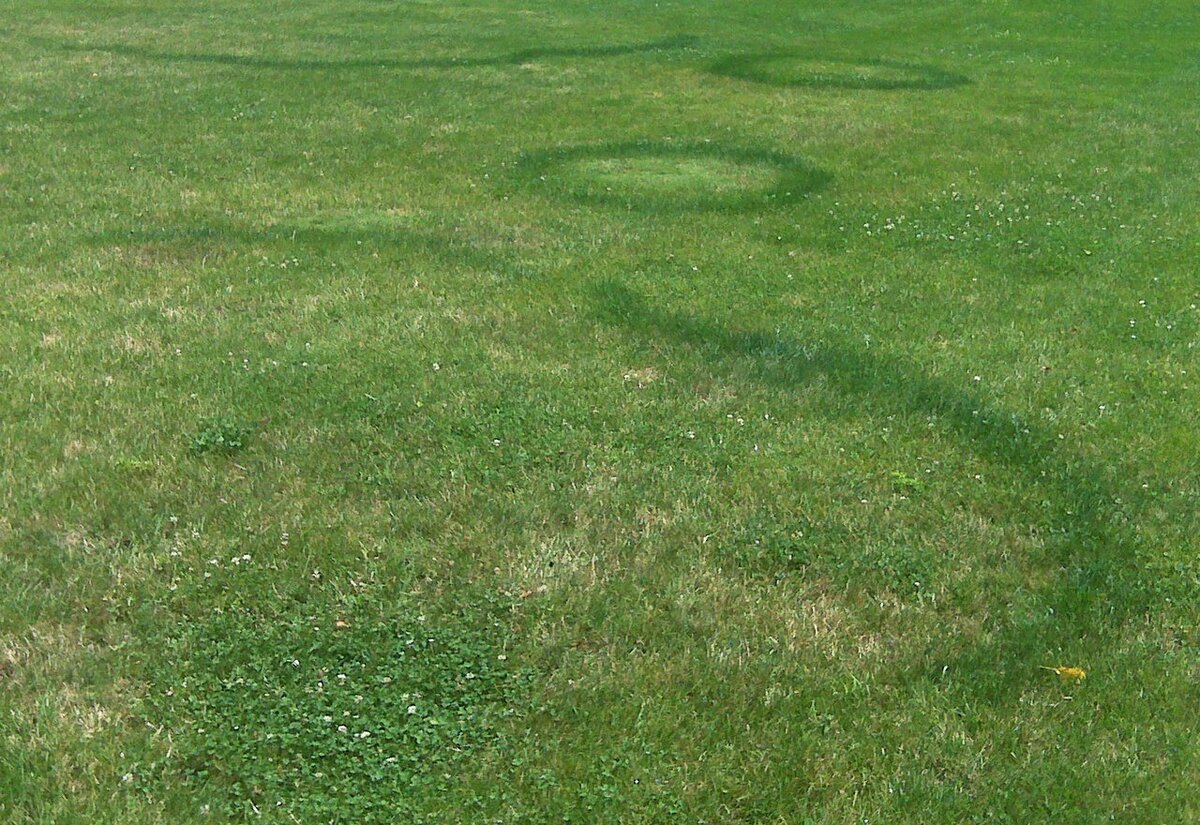
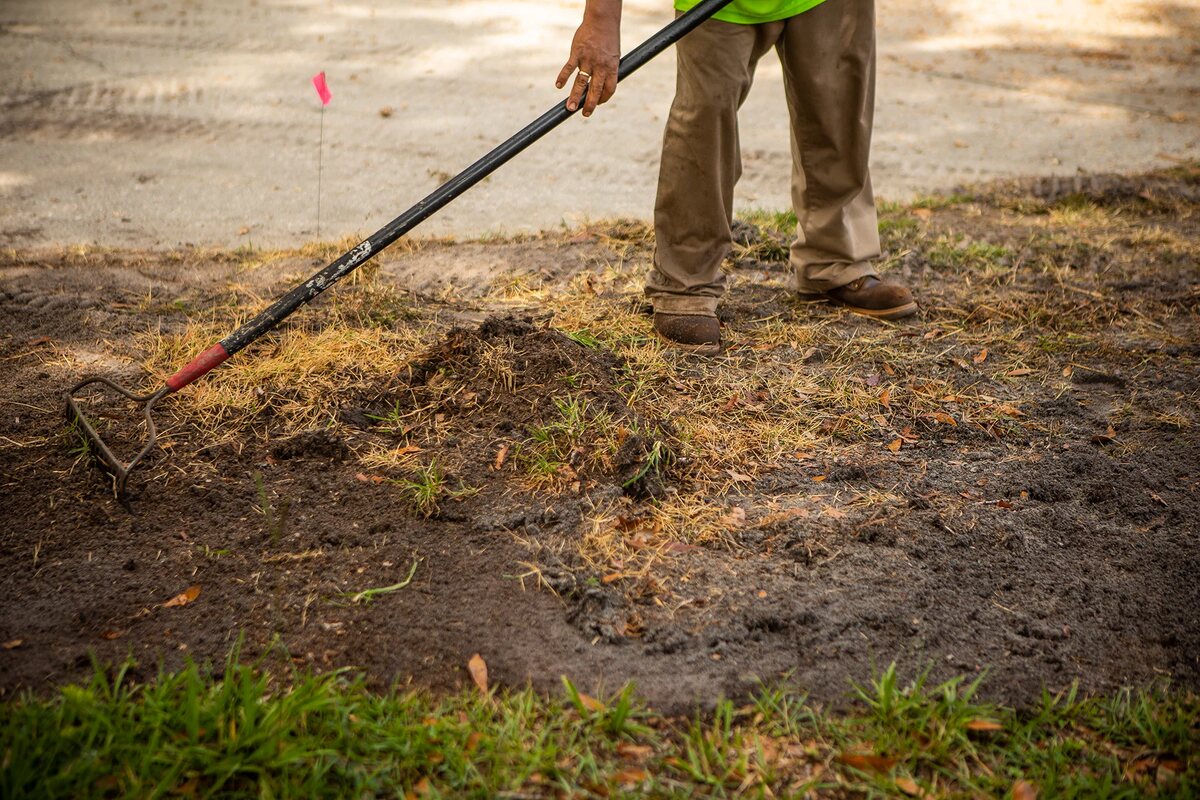
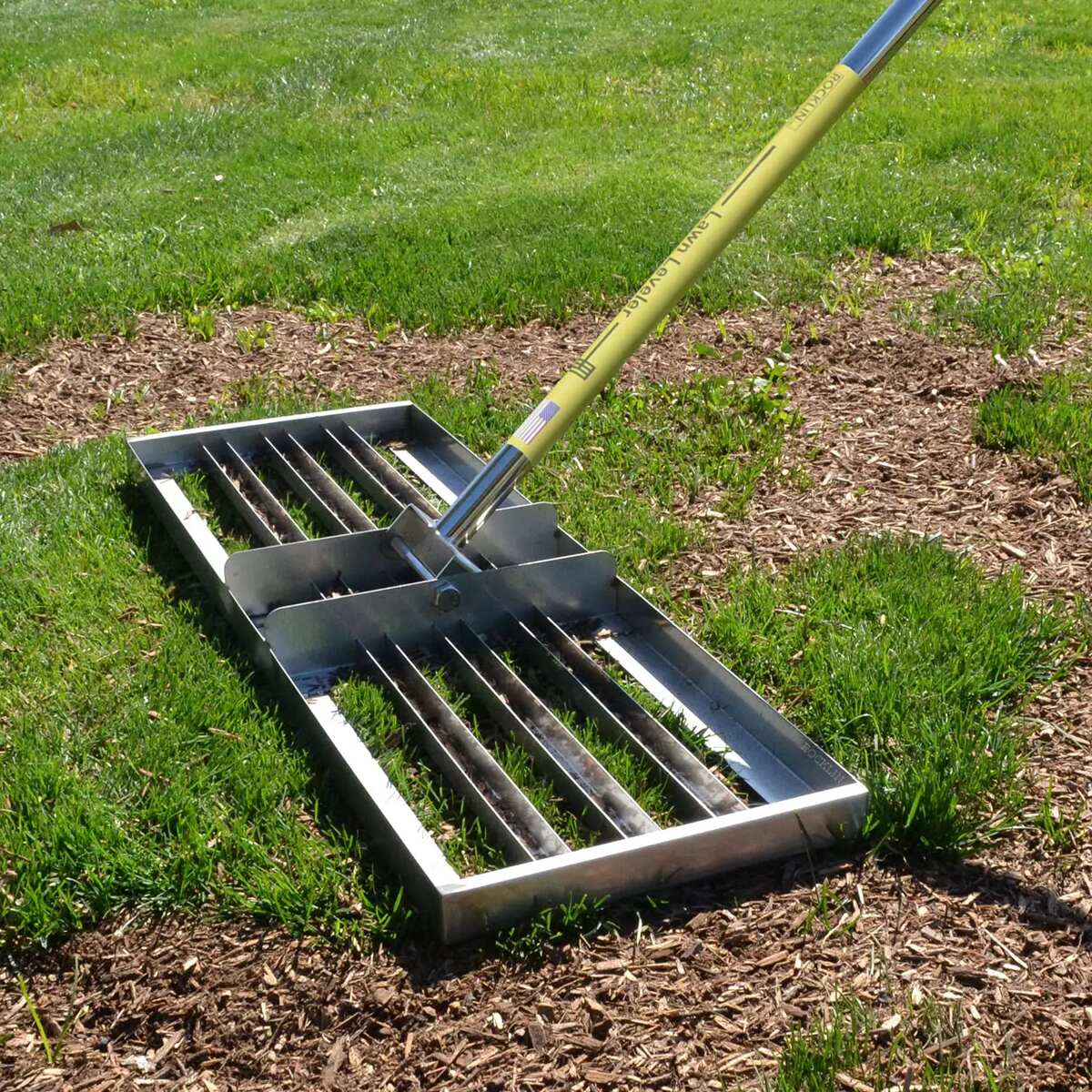
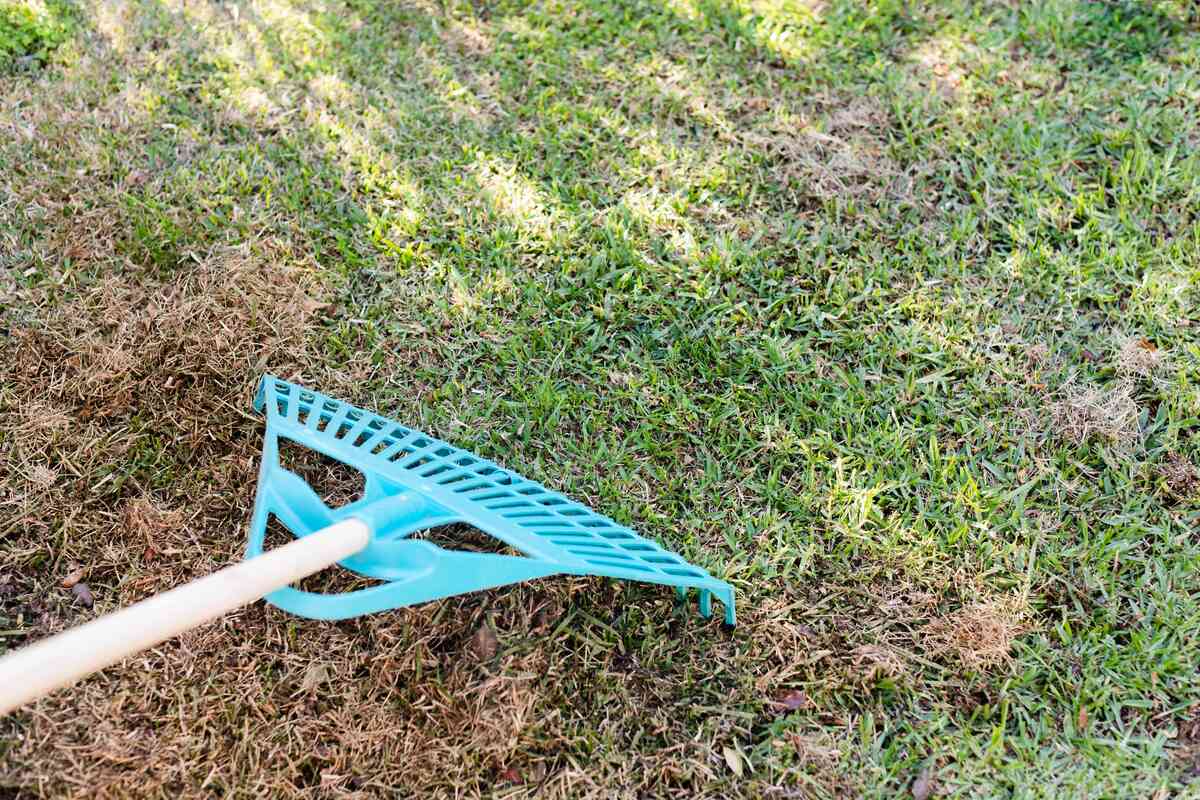
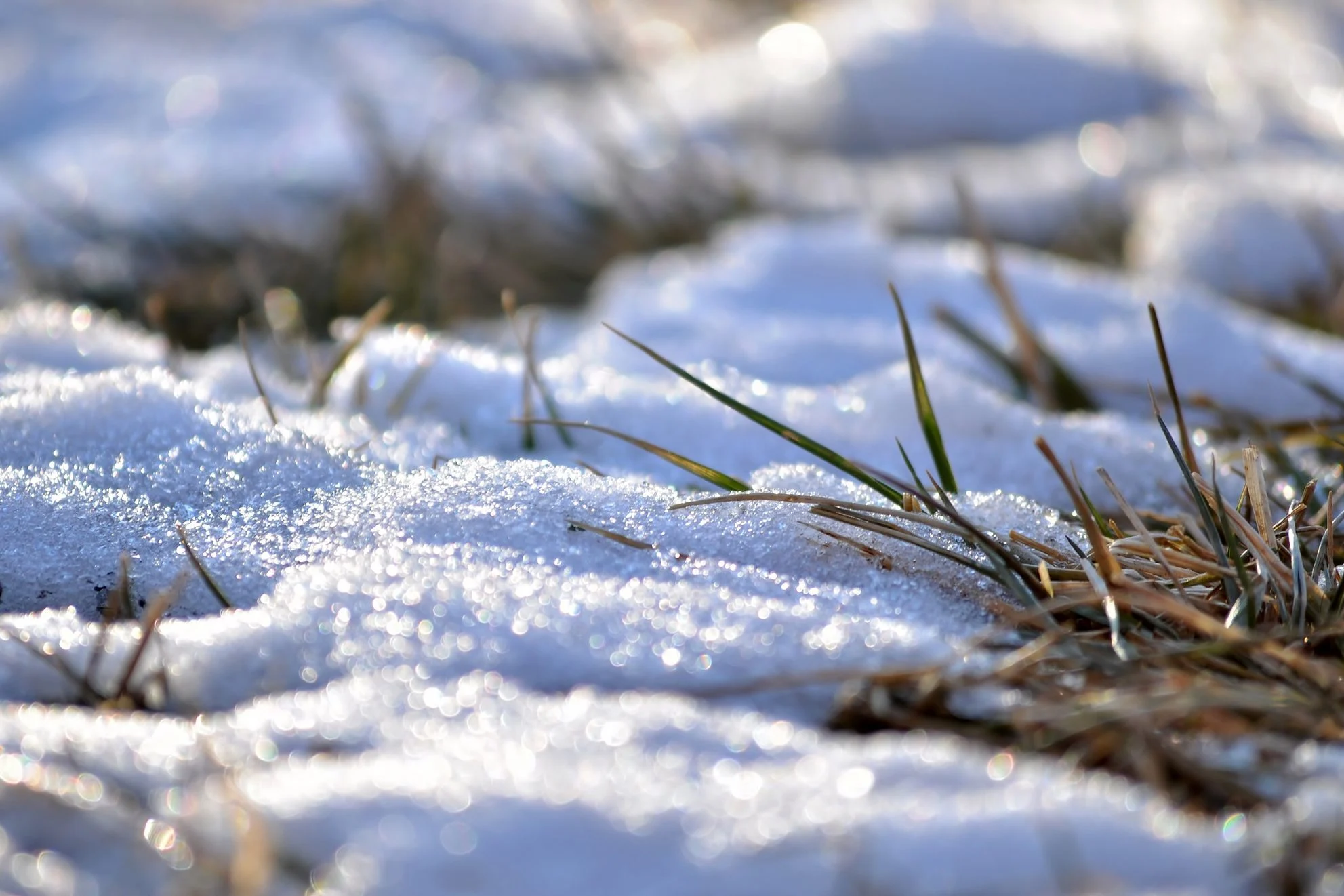
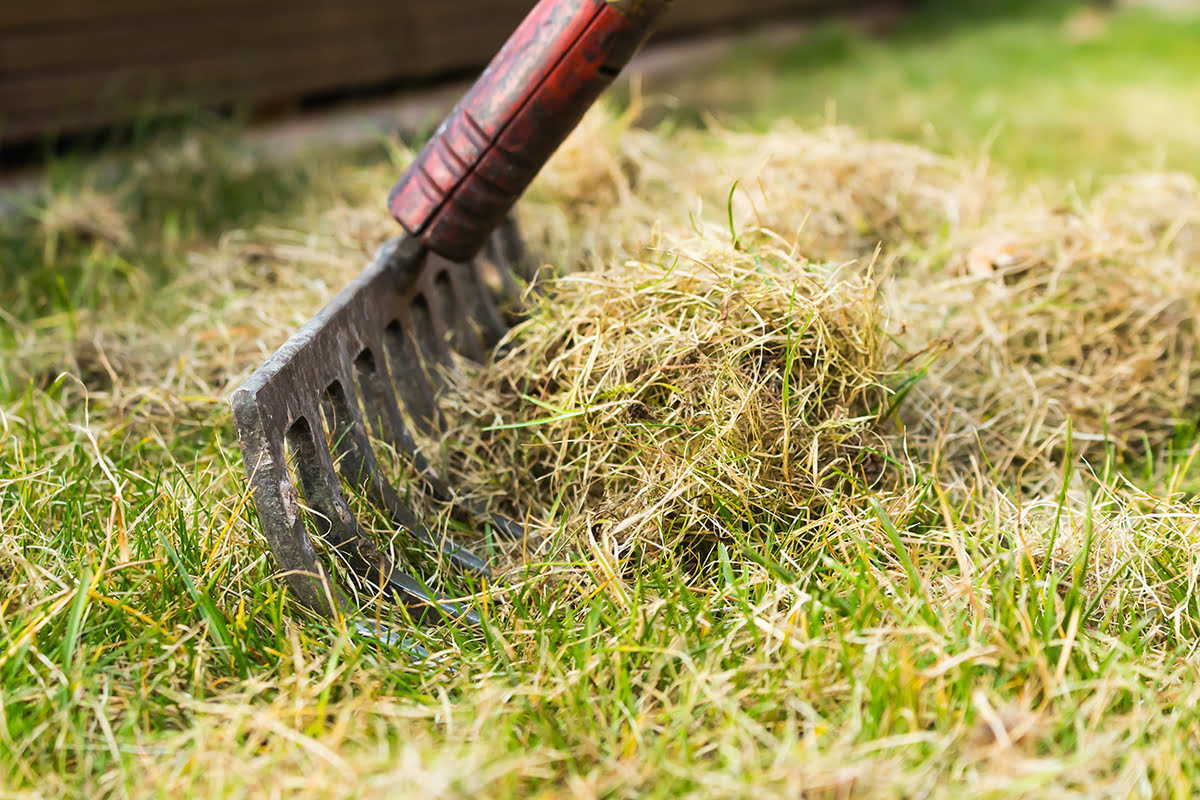

0 thoughts on “How To Describe Dead Grass”